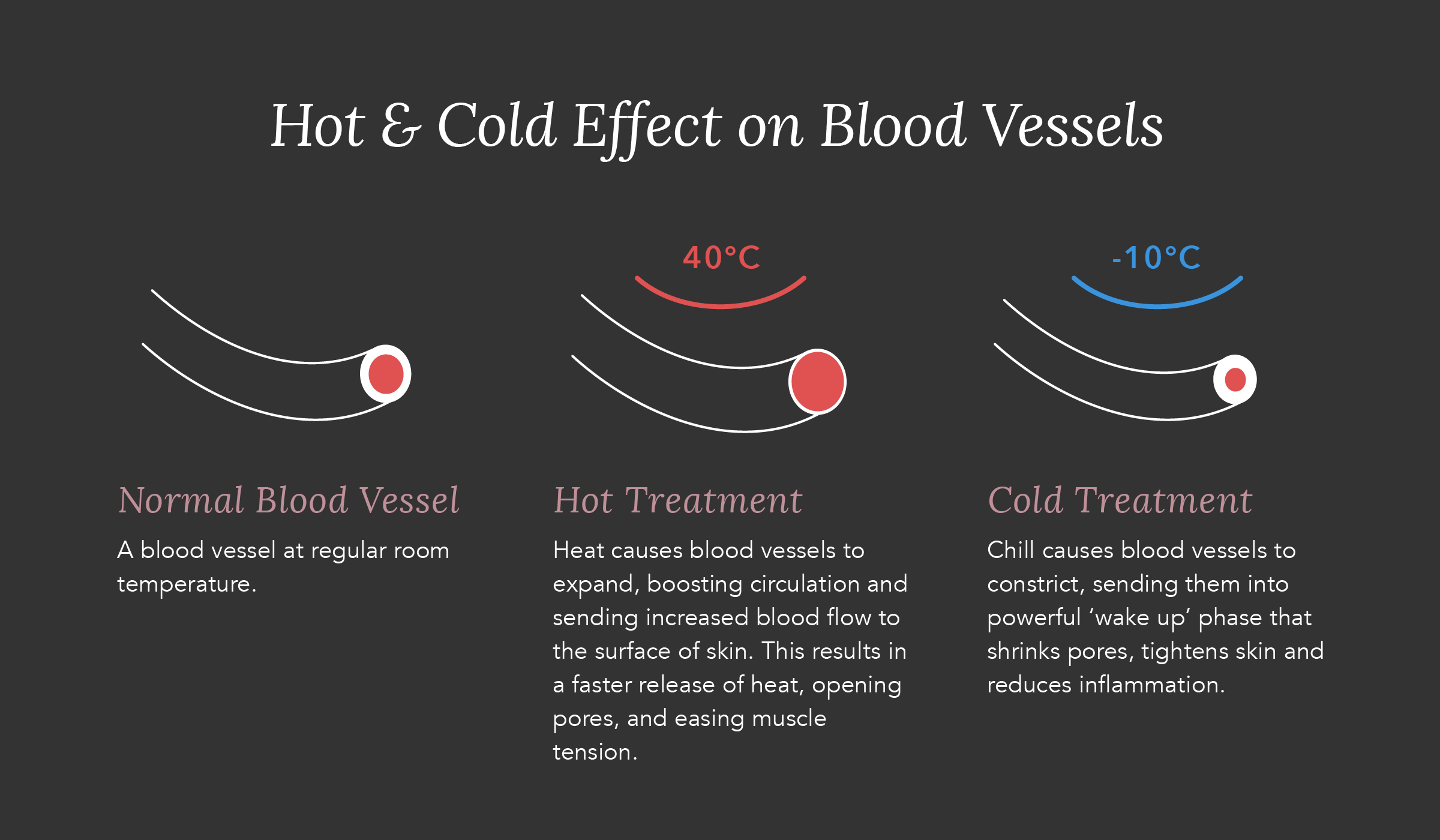When it comes to making progress in the gym, there are 3 main variables to consider: Load, intensity, and volume. Let’s take a moment to define these terms according to the weightlifting dictionary.
- Load- Overall force for which your body is tasked with supporting (squatting), lifting (deadlift/bench press), or resisting (core/rotation).
- Intensity- There are two definitions of intensity, one is how heavy the weight of an object is (barbell, kettlebell, dumbbell etc.) and the other is what percentage of an established 1 rep max is prescribed in a program.
- Volume- How much work is done per session- ex. 3 sets of 10 squats is a volume of 30 total reps.
Volume and intensity have an inverse relationship with one another, and load has a direct relationship with intensity. As intensity goes up, volume goes down, and vice versa. When the load increases that means intensity increases and volumes go down, and if load decreases intensity decreases and volumes typically get higher.
What does all this mean to you? Well, these are the primary principles we use when we design programs for group classes and private training clients. Believe it or not, we do not just randomly select sets and reps out of thin air, there is a lot of thought and science that goes into these decisions. Below is a chart that gives you a rough idea of how sets and reps are selected.
When planning monthly programs for our group classes we follow a low, medium, high intensity model. So, when you hear Tom or I say “today is a light day” or “today is a heavy day” that is in reference to the intensity we are asking you to approach the session with.
For example:
2 sets of 60 seconds on / 30 seconds off. Low intensity (lighter weights used) high volume of reps, and a relatively low load overall. If we were to prescribe a % of one rep max it would be in the 45-55% range.
4 sets of 5 reps. High intensity (heavy weights used), low volume, and a relatively high load overall. If we were to prescribe a % of one rep max it would be in the 85-95% range.
When it comes to programming for our private training clients, we use a very similar approach, but we simply tailor the load, intensities, and volumes to meet that individual’s goals or needs specifically instead of generally (as in the group class).
The reasoning behind this training method is simple. When we “wave” the intensity and volumes of a program it allows for continual progress over time with a limited amount of risk of injury, fatigue, or plateaus. When a constant use of the same reps, sets, or weight (load) is used for a long period of time it can lead to any of these problems.
“You can do the same thing every day, as long as it’s not the same thing.” – Brett Jones
As we progress through the month, I want you all to pay a little extra attention to the rep/set schemes you see on the whiteboard or on your trainer’s program sheet. Ask questions to make sure you are picking the right weights for the day, and as always make sure to show up and do something!
Yours in strength,
Nick






